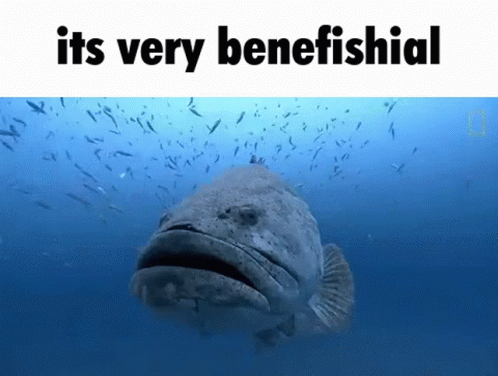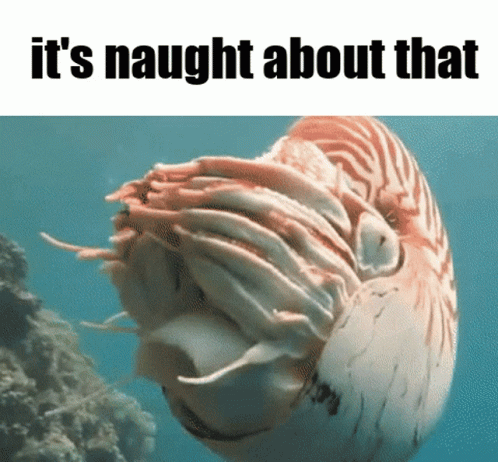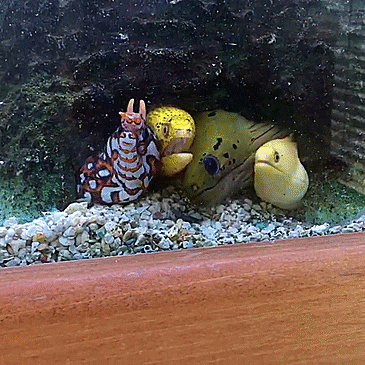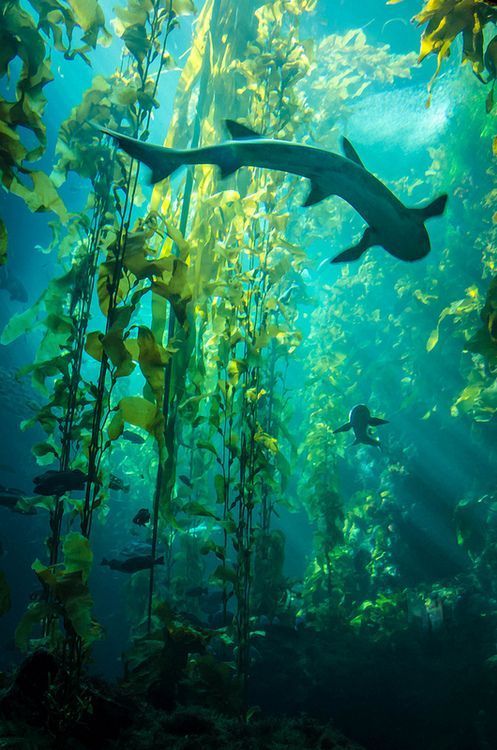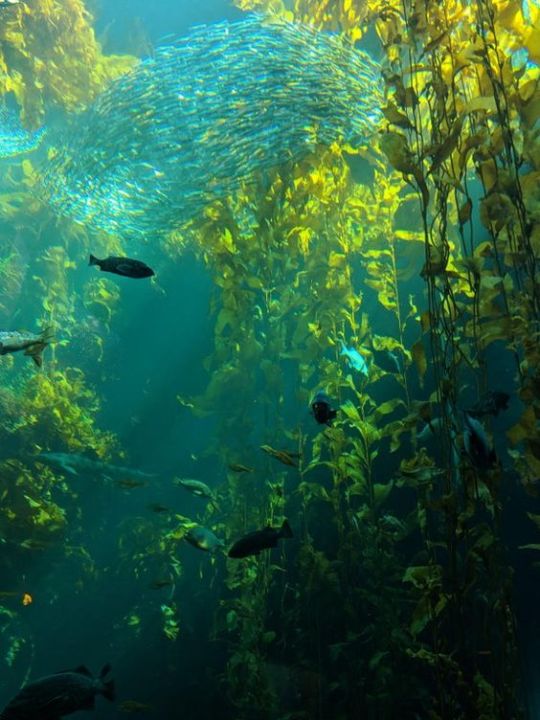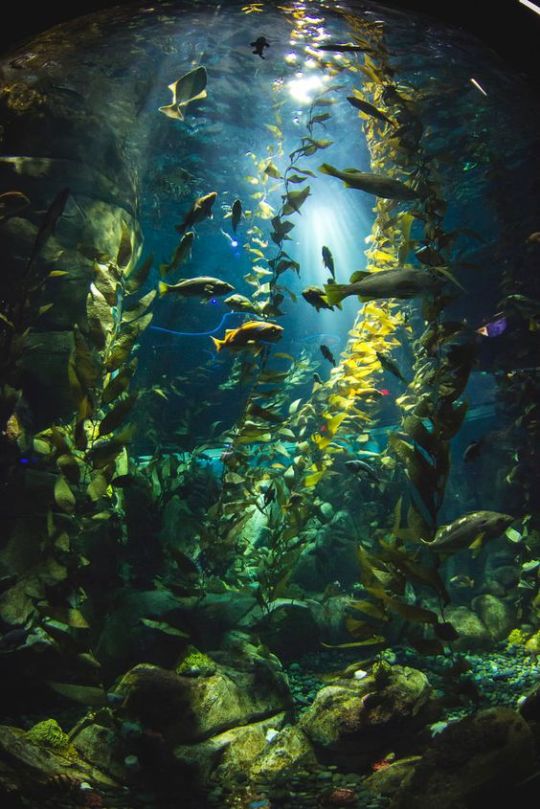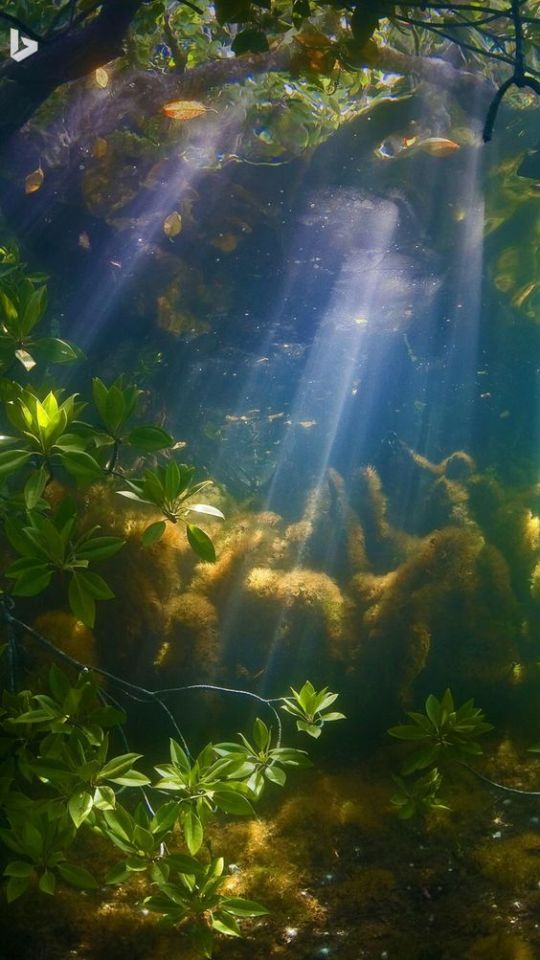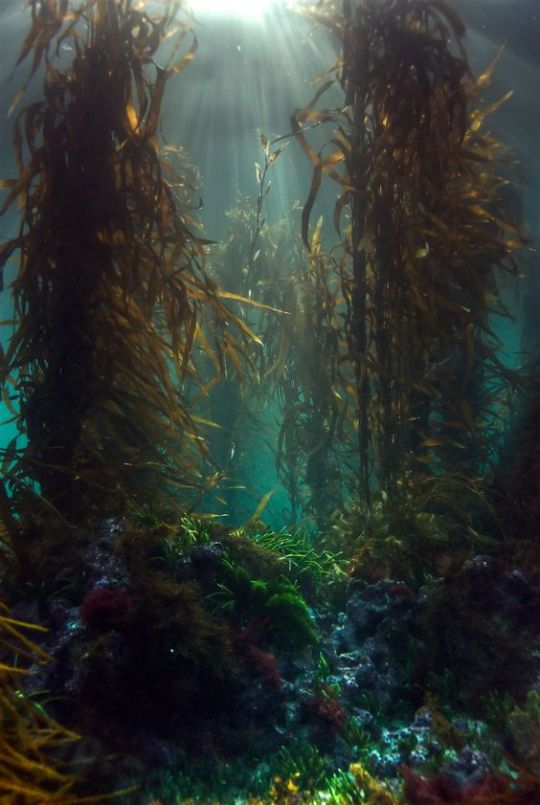Text
THE THREE VARIETIES OF SWIMMERS
#no cause deadass i love this shit#how do they do it#they just evolved like that#marine life#fish#oceans#marine biology#sharks
2 notes
·
View notes
Text

Frilled sharks are believed to be the origin of stories of sea monsters.
255 notes
·
View notes
Text
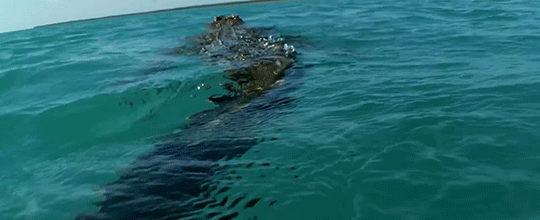
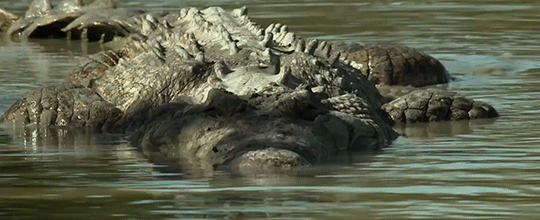
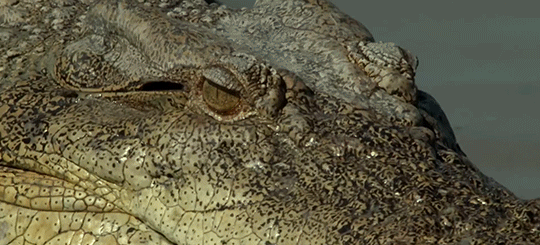



The saltwater crocodile has the strongest bite force ever recorded in a lab, thanks to their massive and extremely stiff jaw muscles. These muscles are specifically designed to clamp down, but they're not as well suited for opening the jaw. A saltie's mouth can be held shut with just a few layers of duct tape!
©NatGeo
3K notes
·
View notes
Text
Shellback Crabs: these crabs create their own shields out of clamshells; their semi-membranous bodies can be pressed into the contours of the shell, producing a suction mechanism that holds the shell in place
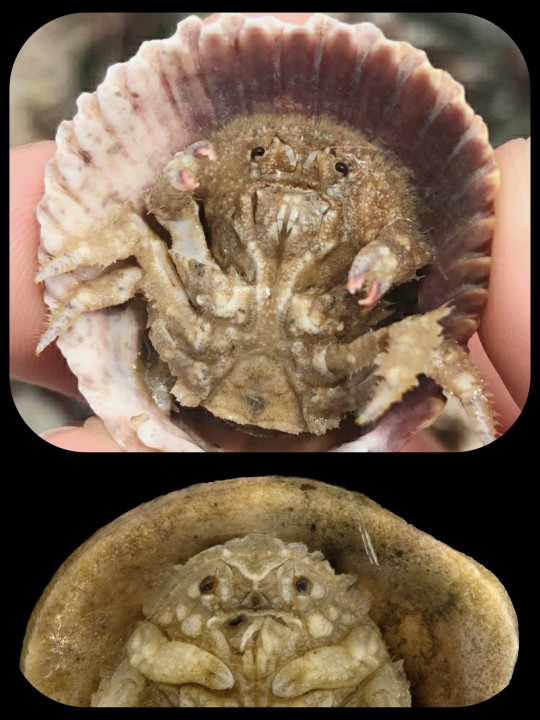
The members of this genus (Hypoconcha) have a series of unique adaptations that facilitate this kind of camouflage behavior. Many of the Dromiidae crabs (e.g. hermit crabs, sponge crabs, shellback crabs, etc.) are equipped with a specialized pair of legs that enables the crab to hold a shell, sea sponge, and/or ascidian against their body, but shellback crabs also have a flexible, semi-membranous body that can be tucked more firmly into the contours of a bivalve shell, producing a suction mechanism that keeps the shell firmly locked in place.
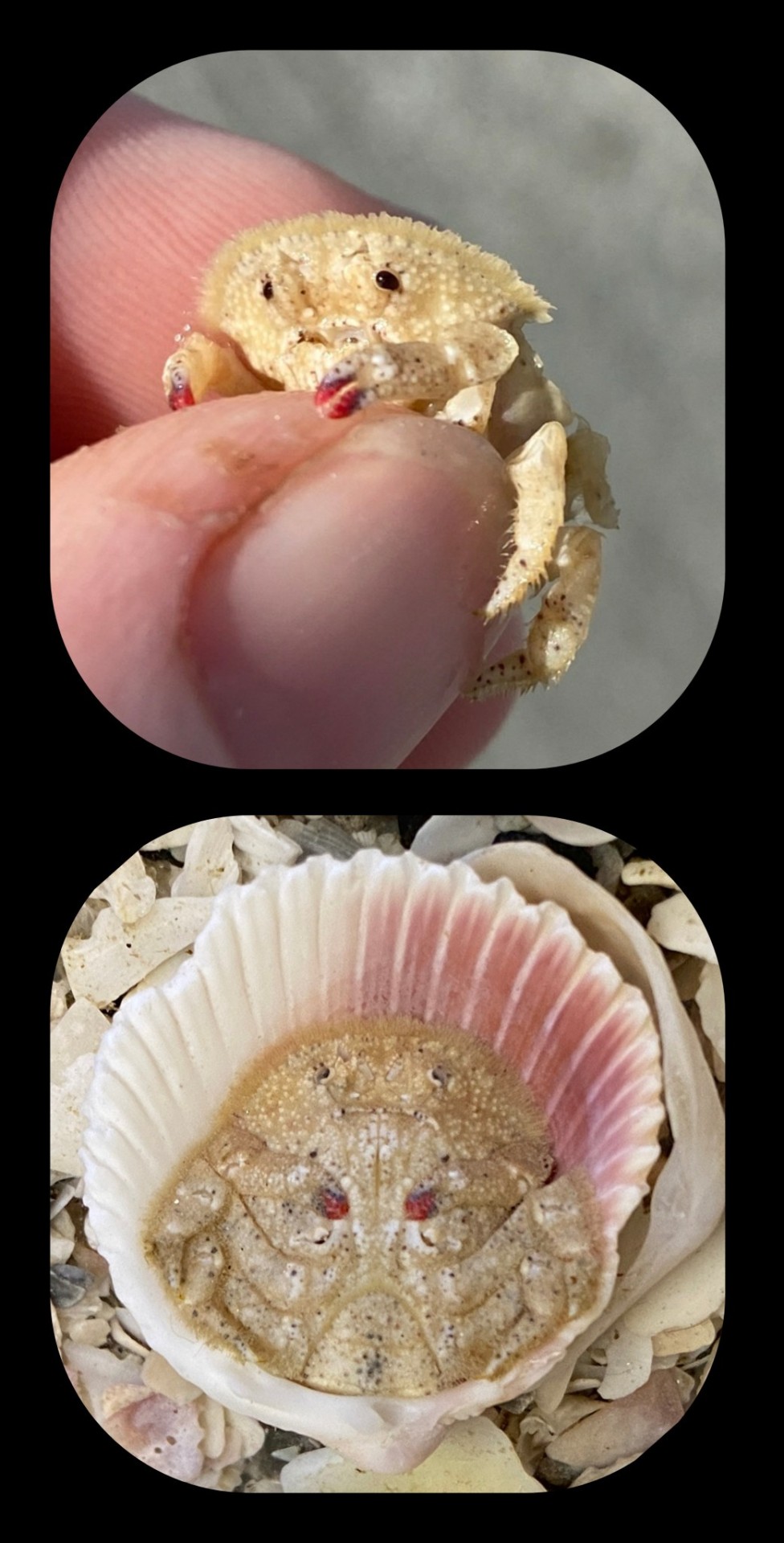
The body of the shellback crab is also covered in a very fine layer of hair-like structures called setae, and when the crab presses itself against the shell, these membranous "hairs" can take on an almost translucent appearance, particularly around the margins of the crab's body.
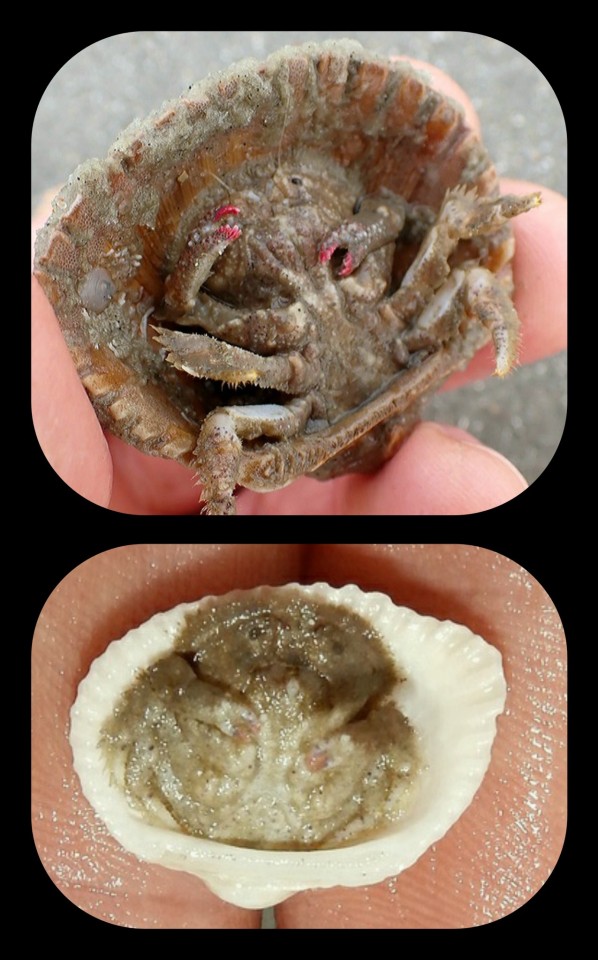
I recently posted some photos/info about some of the crabs in the genus Lamarckdromia (which belongs to the same family) and as I was doing the background research for that post, I was just kind of mesmerized by all of these weirdly adorable crabs that seem to exist within the Dromiidae family tree. Each genus has its own unique adaptations that allow the crabs to use specific materials for camouflage -- some of them use living sponges, clamshells, ascidians, etc.
And I could not stop laughing at the little faces on these crabs. They've all got the same bemused/indignant expression...as if some random asshole has just walked up to them, shoved them over, and announced to the entire ocean that there's a crab hiding beneath that disguise; as if that actually happens to them quite a lot, and they're getting really sick of it.

Sources & More Info:
Crustaceana Monographs: Comparison of the Shell-Carrying Behaviors of Desmodromia, Conchoecetes, and Hypoconcha (the relevant info is on page 191)
South Carolina Department of Natural Resources: Shellback Crabs and their Larval Stages (PDF)
South Carolina Public Radio: Shellback Crabs
Again, I don't normally feature crustaceans on my blog...but I really couldn't resist this one.
12K notes
·
View notes
Text

This is very important
10K notes
·
View notes
Text
I love you ocean, I love you beach, I love you seashell, I love you fish, I love you moon, I love you sun, I love you stars, I love you mermaids, I love you ships, I love you sailors, I love you surfers, I love you weird deep sea creatures, I love you pearls, I love you fossils, I love you treasure chests, I love you houseboats, I love you anchors, I love you waves, I love you sea foam, I love you sea glass, I love you-
5K notes
·
View notes
Text

INTRODUCING FISH-UARY 2024!
i've compiled a list of daily prompts for all of you lovely fish fans out there to participate in! i'd love to see what you guys come up with, so use the tag #fishuary2024 and tag me in your posts!
starts february 1st! have fun!!!
820 notes
·
View notes
Text

119K notes
·
View notes
Text


Red-tailed Knobby Newt aka Kweichow Crocodile Newt (Tylototriton kweichowensis), family Salamandridae, endemic to NE Yunnan, China
Poisonous.
Some species within this genus are capable of poking the tips of their ribs through the orange bumps on the back, which secrete poison. The ribs can effectively become venomous spines that can puncture the potential predator’s skin!
photograph by John P. Clare
624 notes
·
View notes
Text
🦈 Daily Shark Fact: 🦈*
*I am using this post as a transition into posting about members of the Ray family (for now), as rays are closely related to sharks! (Yes, I'm aware I shared a fact about a Sawfish that fits better into the 'ray' side of the family, but I didn't know then, that this was where I would go with this blog! The facts from here on out may not be about cool, lesser known shark species but, where there are sharks to be learned about, there are rays! Hope you'll enjoy!*
The Bowmouth Guitarfish is so called, because of its distinctive body shape. Although its large dorsal fins and strong tail make it look like a shark, it is in fact a type of ray. It is also a strong swimmer that propels itself with its tail like a shark. It is more active at night and is not known to be territorial.
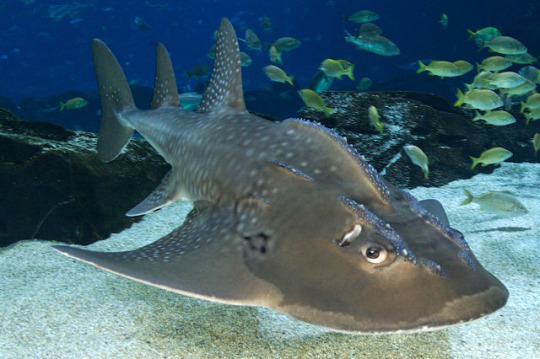

#bowmouth guitarfish#not a shark#actually a ray#daily fish facts#shark blog#respect the locals#marine life#oceans#fish
178 notes
·
View notes
Text
Daily Ray Fact:
And you thought the Spotted Eagle Ray was pretty! 😍
Although the Ornate Eagle Ray is the largest of all eagle ray species, they are extremely rare, with few records from fisheries and a limited number of sightings in the wild. There have been fewer than 60 confirmed sightings of the ornate eagle ray and they are often referred to as the unicorn of the sea. The majority of encounters are recorded from Australia and the Indo-West Pacific region.
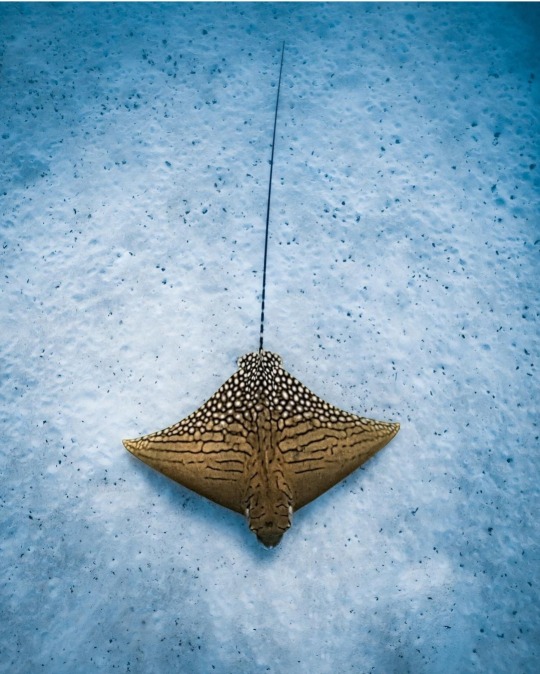
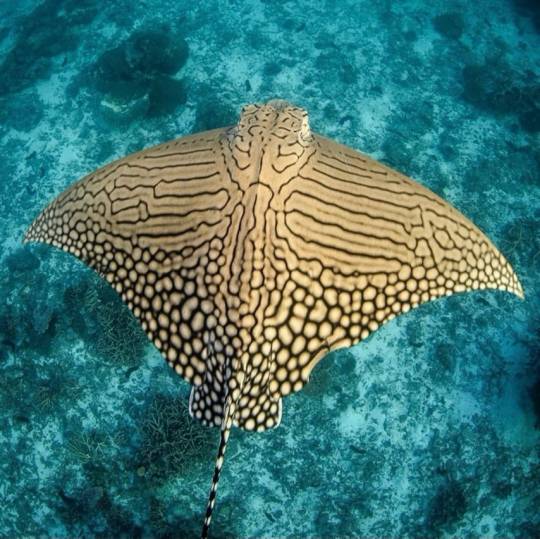
192 notes
·
View notes

